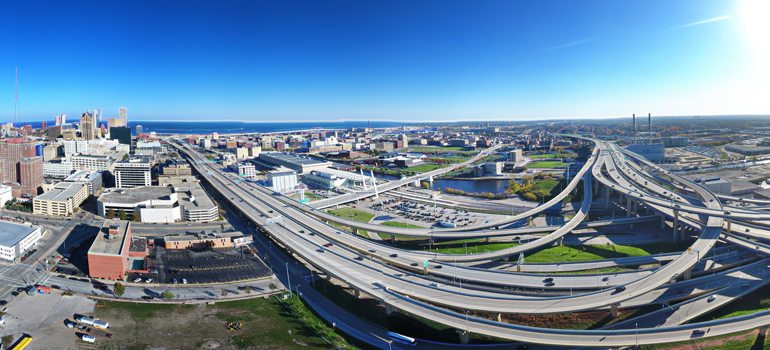Nearly one-third of the census tracts Gov. Scott Walker proposed for Economic Opportunity Zone designation from the U.S. Treasury Department are in Milwaukee County, including 34 in the city of Milwaukee.
Forty-eight of the 120 tracts Walker proposed are in southeastern Wisconsin. The governor’s office announced the proposals earlier this week, noting Walker recommended the maximum number of zones.

“We are excited to embrace Economic Opportunity Zones as a new tool to build on our track record of economic growth,” Walker said. “These recommendations reach communities across our state – urban, rural, and tribal – that are positioned for strong and sustained growth.”
The opportunity zone program was created as part of the tax reform package signed into law last year. It allows for certain realized gains to be temporarily deferred from gross income if they are invested in properties in qualified opportunity zones.
Each state had until March 21 to nominate up to 25 percent of the census tracts in the state that are considered low-income communities in the new markets tax credit program.
The Treasury Department will make a final determination on which zones will receive the designation.
Walker’s proposed Milwaukee County zones include a number of areas on the north and northwest sides of Milwaukee, including the area around Northridge Mall and the 30th Street Industrial Corridor. It also includes portions of the near west side and south side areas, particularly along National Avenue.
Also included in Walker’s proposal is a portion of Walker’s Point, the Menomonee Valley and a stretch of Water Street between Juneau Avenue and Brady Street.
South Milwaukee, West Allis and West Milwaukee also received designations.
The one Waukesha County designation was an area south of downtown Waukesha, including the Carroll University campus.
Three tracts in the city of Racine were designated as were three in Kenosha, including downtown and the area around the former Chrysler engine plant.
There were also two tracts selected in Whitewater and Sheboygan.
In announcing the selections, Walker said the state used an interagency working group that included staff from the Wisconsin Housing and Economic Development Authority, Wisconsin Economic Development Corp., Department of Administration and Department of Children and Families. The state also considered public comment and an independent analysis from an unnamed “nationally respected consulting firm”


